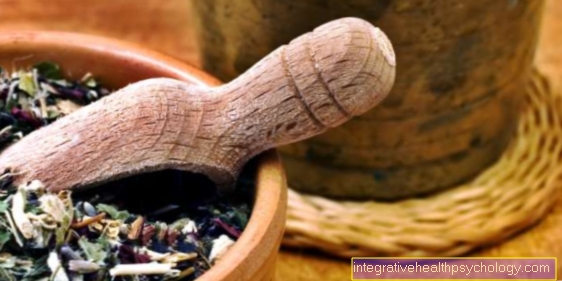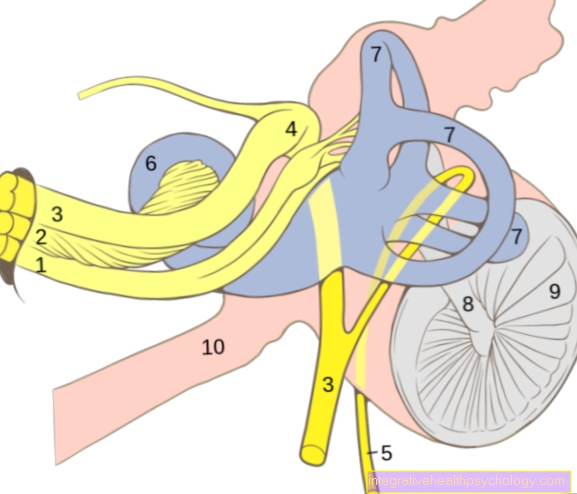Wild garlic
Latin name: Allium Ursinum
Genus: Leeks
Common names: Witch onion, forest garlic
Plant description wild garlic
Plant description: A stem up to 25 cm high emerges from an onion. Two basal leaves are lanceolate, the white, star-shaped flowers are arranged in an umbel.
Flowering time: May to June
Origin: Found all over Europe in shady and humid locations
Cultivation: in forests with soils rich in humus.
Plant parts used medicinally
The fresh cabbage and onions. Bear's garlic loses its effectiveness when drying. The fresh herbs are collected in spring, the onions are dug up in autumn.
ingredients
Leek oil, flavonoids, fructosans and vitamin C.
Medicinal effects and use of wild garlic
Very similar to garlic, wild garlic is not used in conventional medicine, but in folk medicine. Wild garlic is used in the kitchen in spring as a fresh herb to flavor soups, salads, quark, butter and much more. The ingredients stimulate digestion and are used for stomach and intestinal disorders, loss of appetite. Similar to garlic, wild garlic is also used in folk medicine against arteriosclerosis and high blood pressure.
Preparation of wild garlic
Fresh cabbage, finely chopped, can be eaten tablespoon by spoon (before meals) or added to the food. The onions can be added to the food, also finely chopped, or you can make a decoction with a little water and take 10 to 20 drops 10 to 20 times throughout the day.
side effect
None known with normal use. Wild garlic leaves are spicy and have a similar taste to garlic, which is another reason why an overdose is unlikely. However, wild garlic leaves are very similar to the poisonous leaves of the lily of the valley and the autumn crocus !!!!! The best distinguishing feature is the fact that wild garlic leaves smell strongly of garlic when rubbed between the fingers.





























